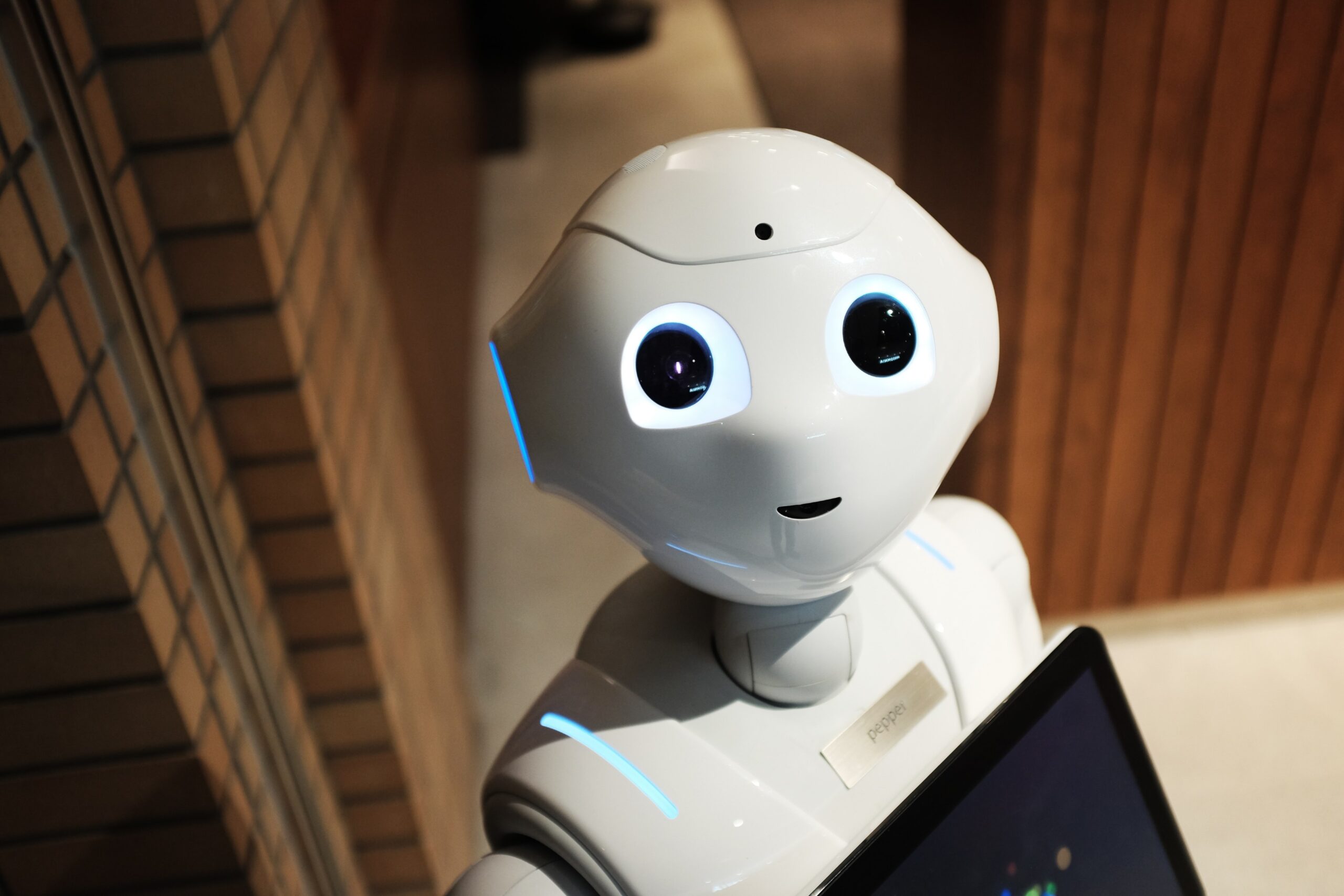With the advancement of computer technology in the 21st Century, there has been a rise in various forms of software and web applications which allow us to instantly translate any form of media with the click of a button. Various tech giants, such as Google, Microsoft and Apple, are continuously developing and perfecting this technology every day. However, are these forms of technology as reliable and accurate as they seem, and do they spell the end for translators and interpreters alike?

In the near future, the likelihood of a total loss of demand for translators is almost non-existent. In reality, translation and interpretation feature vastly more dimensions than what the average person believes. Initially, it may seem like a process of finding the equivalents for each word from the source text in the target text, yet it is far more complex. Some major factors that are to be considered are the differences in culture between different language speakers, the limited technological capability of keeping up with natural language development, and AI has an inability to express or detect human emotion.
Issues with understanding culture
While AI has the capabilities of translating basic and more complicated expressions in a given language, the software continues to have issues with attempting to translate various colloquial expressions, slang, slurs and idioms. Automated translators function as massive databases that store various expressions in different languages, yet if these expressions are not common, the AI will have trouble finding a proper equivalent manly because it has not been previously inserted into the database. This is a significant problem that can only be solved by a human expert in the source and target languages. Only human translators and interpreters properly understand the cultural aspects of each language and are able to find the proper cultural equivalents corresponding to each language.
Issues with keeping up with language development
Besides the issue of cultural differences between the target and source language, the second problem arises with the fact that languages are ever evolving. Human translators must be immersed and aware of up to date expressions in each language they are responsible for. The problem with software translators is that they require a human to input the new expression followed by the definition in order to stay updated. The databases of AI translators will always lag behind the knowledge of a well-rounded human translator because the databases are only exposed to the new expressions once a user inputs the given phrase into the software.
Inability to read emotions
Although AI has seen significant advancement and is on the path to replacing some translators that translate texts that are basic, it still continues to struggle expressing various human emotions through language. While undertaking a translation, the tone and emotion of the source text must match the target text. Current software translators can transfer individual words and even more complex phrases, however the human emotion is often captured in the entire text. The full text must emulate the emotion. This is a task a computer program cannot achieve, because a machine does not feel.
For the last two hundred years, machines with artificial intelligence have been replacing human professions on a scale that is exponentially expanding. One specific field in which AI is advancing would be the realm of translation and interpretation. Even though, translation technology is advancing and is capable of translating basic texts, the likelihood of machines replacing humans in this line of work is low, due to the fact that technology still lags behind in terms of capturing human emotion, mimicking cultural expressions and staying up to date with the latest developments of the given languages.
(M.S.)







